Green buildings offer that elusive ‘sexy’ factor
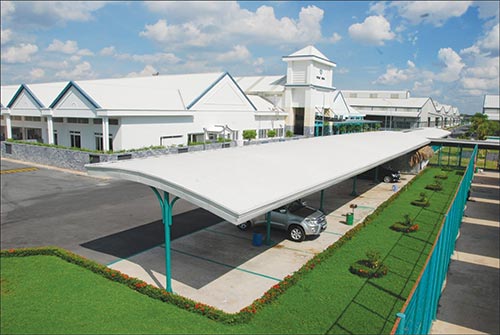
The Moc Bai project located in Tay Ninh province is home to a Nike production facility that has achieved both the LEED Silver
and LOTUS Certified certificates.
Why green buildings?
Green buildings are environmentally responsible, resource-efficient throughout their life-cycle and are designed, constructed and operated to reduce the overall impact of the built environment.
Green building is now a trend across the world. Vietnam is no exception despite it lagging behind the regional wave.
The decline in natural resources and the severe effects of climate change have also prompted greater interest in the concept. There are many reasons for adopting green building development, but there are three main reasons for their increasing popularity in Vietnam.
Increased property value
Green buildings help increase property value in many ways. Firstly, the asset value of green buildings is greater because they require high efficiency equipment which means higher upfront investment, but this is offset by higher cash flow performances over the long-term compared to normal buildings.
Green buildings reduce operating costs in different ways. They consume less energy and water which means reduced utility costs. Maintenance costs are also lower thanks to the commissioning of equipment at handover to ensure they are properly installed and operated. They can also generate savings on labour in terms of operational management because they are prone to fewer errors and lower building management service costs.
Higher revenues and lower operational costs lead to higher net cash flows and therefore higher value for the property in terms of the discounted cash flow valuation model. Take an example in a manufacturing facility. A green factory has the opportunity to receive more orders from purchasers at higher sale prices so it can generate higher revenue. In the commercial sector, a green office building might have a premium on leasing prices over the normal rate as well as faster occupancy.
Last but not least, green buildings provide lower economic risks, helping increase property value. Green buildings have lower risks in terms of utility costs which have tended to gradually increase due to higher energy efficiency.
Property operations are also smoother because all equipment has been commissioned, tested and balanced, which is a prerequisite for green buildings. Risk on revenue is also lower for green buildings. In case of a demand shortfall, green manufacturing facilities receive priority over their less efficient rivals. During a recession, tenants tend to maintain their leases in green office buildings rather than looking for other properties. Due to lower risks, financial institutions are more open to providing green buildings with more favourable conditions such as lower interest rates or longer loans.
Corporate social responsibility
Green buildings do not just mean energy and water efficiency, they also contribute to the environment and community. They use sustainable materials, reduce waste during construction and operation as well as provide more comfort to their occupants.
Green buildings promote the use of materials with high recycled content. This can help minimise large amounts of industrial and consumer waste. For example, tonnes of fly ash generated from burning coal in thermoelectric plants will be used in ready-mixed concrete or concrete blocks. This will also reduce the burden on natural resources.
Besides recycled materials, green buildings encourage the use of locally available inputs. This strategy helps the regional economy by providing jobs while simultaneously reducing CO2 emissions due to savings in transport use.
Reducing waste during construction and operation also contributes to an enterprise’s CSR activities. Most construction waste is currently left unsorted and dumped in landfill sites despite containing both recyclable content and harmful waste. Green buildings strictly require contractors to segregate and divert most of the waste in order to reduce environmental damage. This strategy is also applied during the building’s operational period, which helps reduce the waste sent to landfill.
Green buildings obviously benefit the occupants and promote better working conditions and efficiency. They guarantee fresh air in working spaces by using CO2 sensors. They also promote the use of non-toxic paints and varnishes which provide safer and more pleasant working environments. Another key design feature of green buildings is the provision of natural light and and views for its occupants.
Customer driven
Customers nowadays require more from manufacturing facilities or work spaces. In the apparel industry, purchasers from the US and Europe tend to place more orders with sustainable factories with green building certification.
Multinational corporations also prefer to locate their offices in green buildings. Fierce competition has driven developers to make their properties more sustainable for fear of appearing out of date or lacking ‘sexiness’ in the long run.
What the stars mean:
★ Poor ★ ★ Promising ★★★ Good ★★★★ Very good ★★★★★ Exceptional
Latest News
More News
- Task obvious for Vietnam’s green building development (October 02, 2023 | 14:57)
- Only world-class level can ensure truly green buildings (October 02, 2023 | 13:00)
- Frasers Property Vietnam receives LEED Gold certification for new commercial building (September 07, 2023 | 18:52)
- Vietnam ranks 28th worldwide in terms of green buildings (July 12, 2023 | 14:04)
- Everpia launch the first green building factory in Vietnam (July 11, 2023 | 13:45)
- Phuc Khang Corporation kicks off 'Green Study Tour' (June 19, 2023 | 10:10)
- Enhancing resistance of buildings to natural disasters (April 20, 2023 | 14:45)
- Sustainable architectural solutions for Vietnamese homes (April 20, 2023 | 10:01)
- Phuc Khang Corporation's CEO attains new green building accolades (January 09, 2023 | 07:15)
- KONE Vietnam shines at Smart City Award 2022 (December 02, 2022 | 18:34)



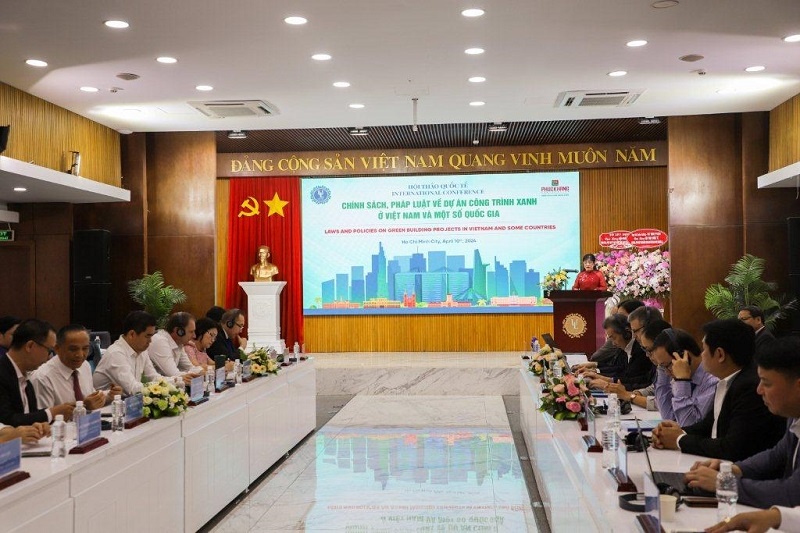


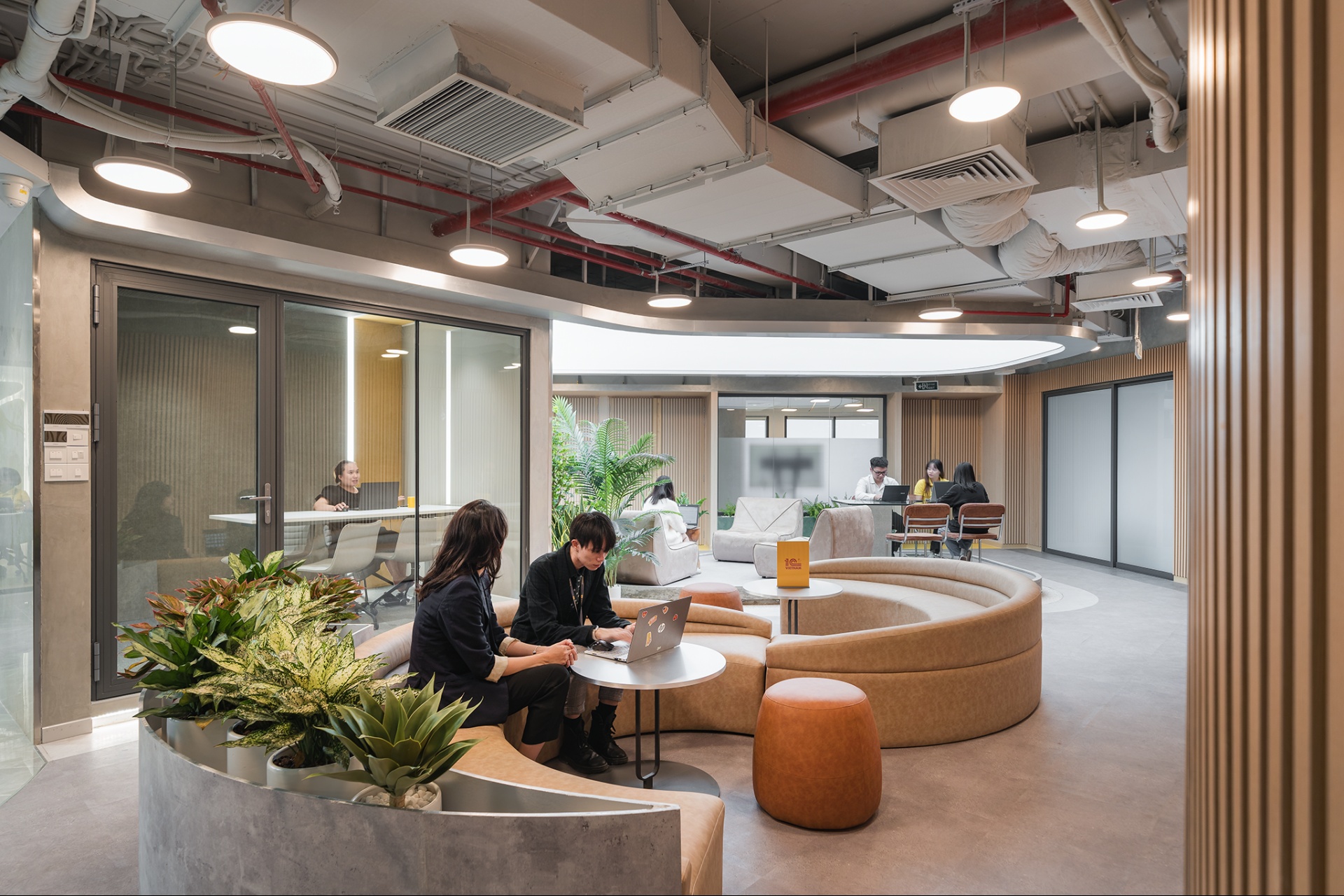
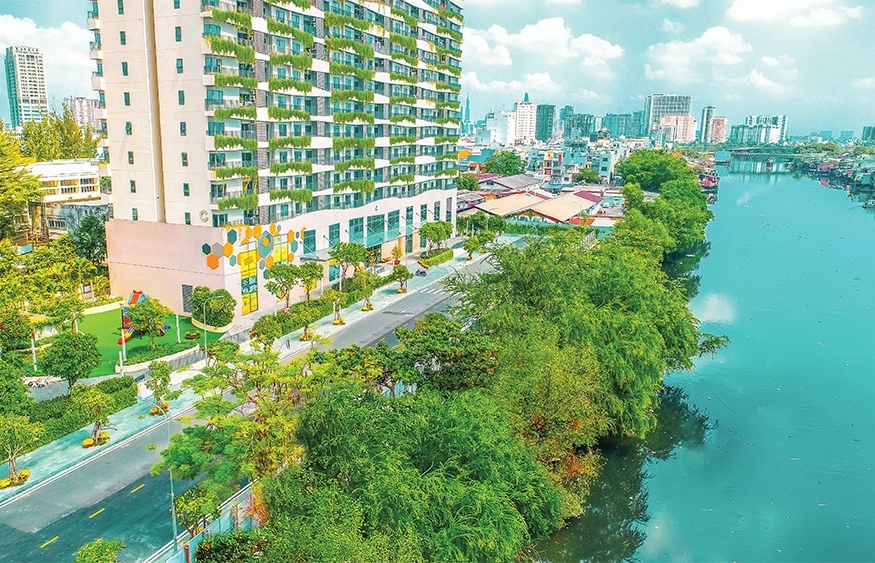
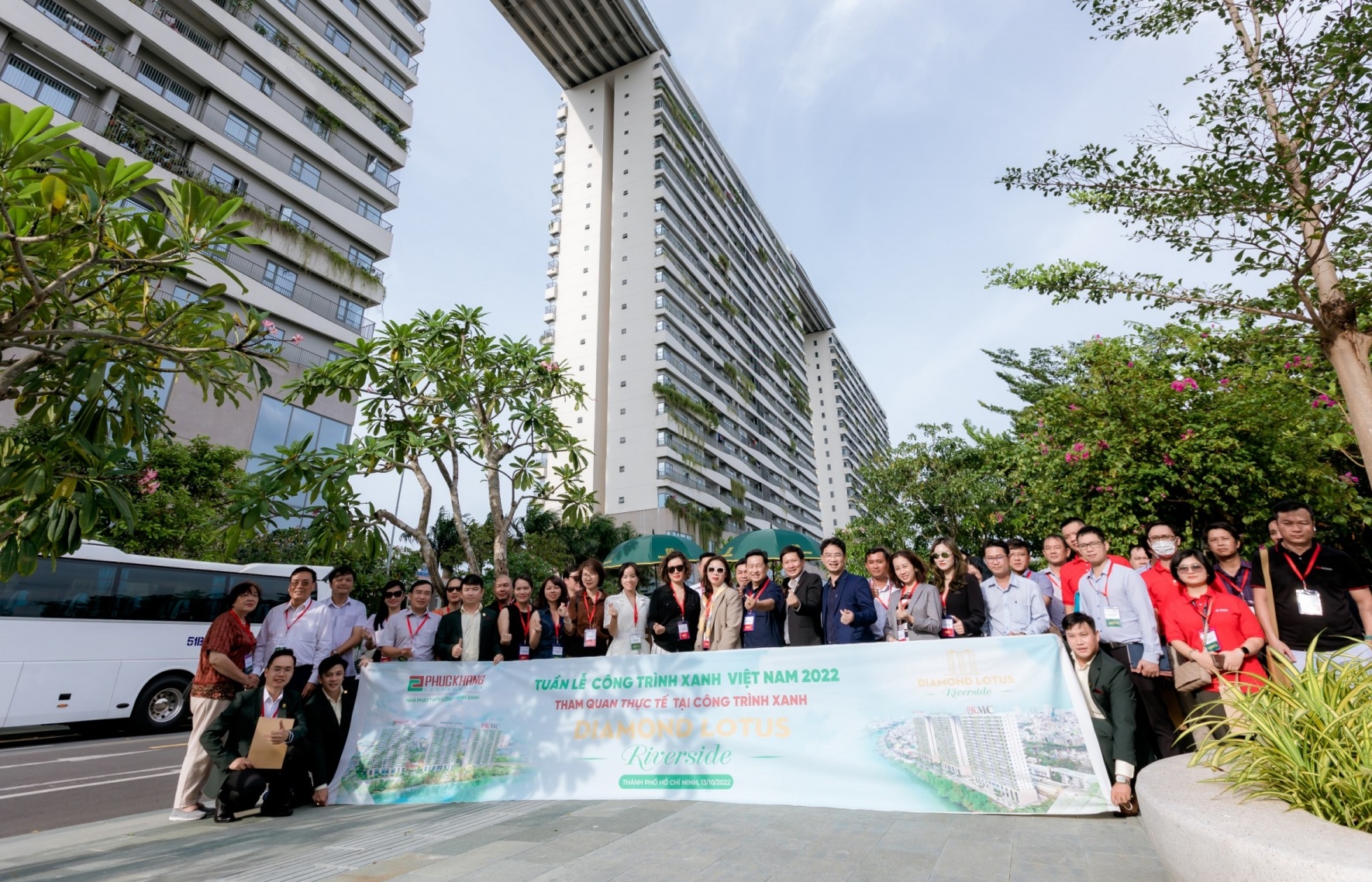









 Mobile Version
Mobile Version